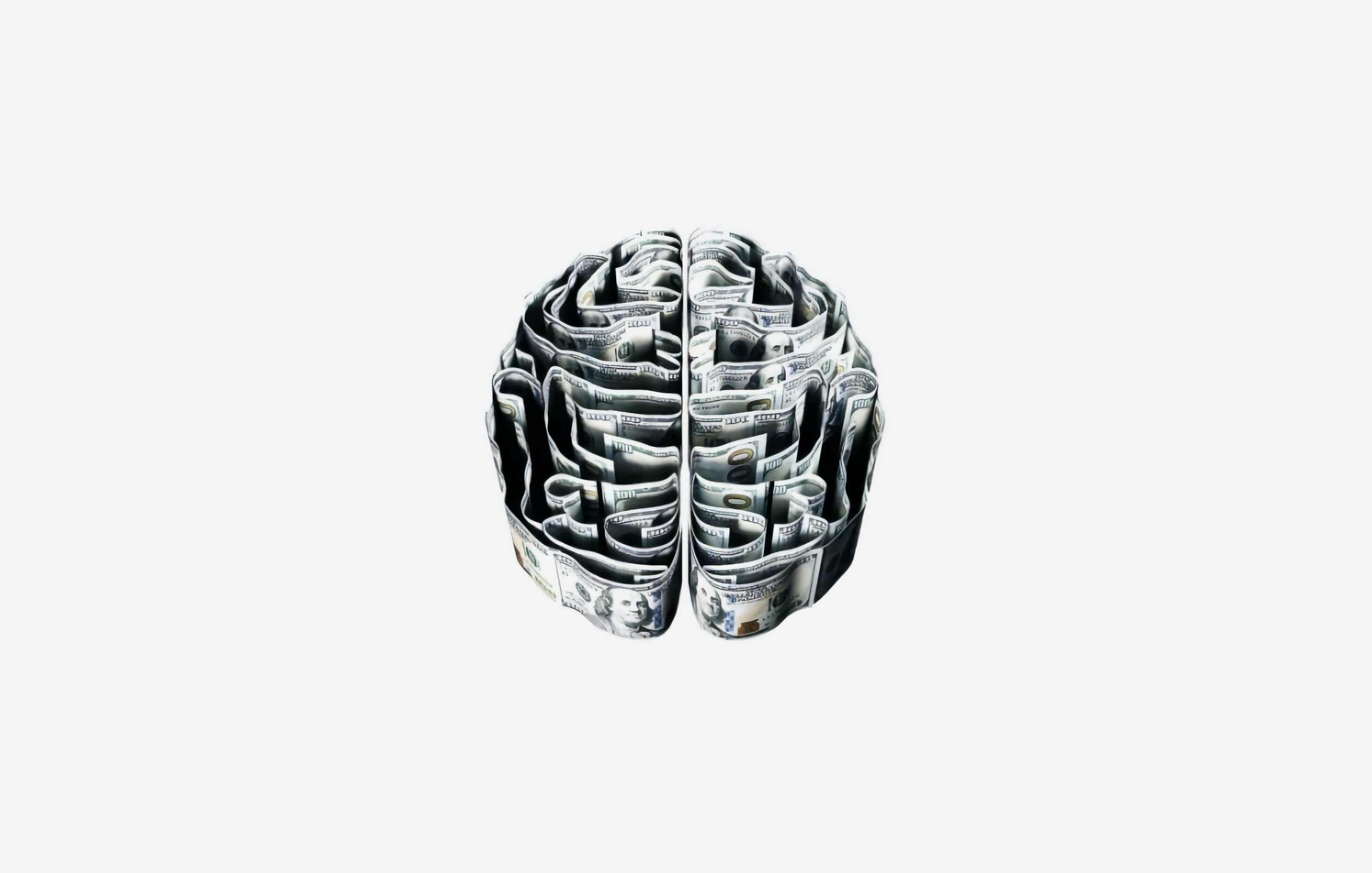Implicit Bias in Healthcare
There are many racial inequities in healthcare. From the numerous disparities to barriers to healthcare, it’s no secret that not everyone has the opportunity to obtain quality healthcare. And while there are numerous causes to explain why these unfortunate events occur, it is important to acknowledge a key concept in patient care and healthcare delivery that contributes to these disparities: implicit bias.
Implicit bias, according to dictionary.com, refers to “the bias that results from the tendency to process information based on unconscious associations and feelings, even when these are contrary to one’s conscious or declared beliefs. The Kirwan Institute for the Study of Race and Ethnicity at Ohio State University states that “implicit bias, also known as implicit social cognition, refers to the attitudes or stereotypes that affect our understanding, actions, and decisions in an unconscious manner. The bias can be positive or negative and is activated involuntarily without an individual’s knowledge or control.”
In the healthcare field, implicit bias can affect the ways in which a healthcare provider communicates with their patient. Since implicit biases are unconscious attitudes, they often seep into communication without the individual realizing it. One example of this is when a healthcare provider makes assumptions about a patient based on the patient’s appearance. This is shown through data from the Regenstrief Institute from the Department of Veterans Affairs when they conducted a survey of 85 Black veterans.
The data suggested that veterans accessing mental health treatment could sense non-verbal cues that suggested implicit bias. The research team quoted a respondent of the survey who stated that they felt stereotyped as “angry, big Black men”. The respondents explained that “some providers viewed them as a physical threat and reacted fearfully”. Other examples of implicit bias in healthcare can include making assumptions about the patient’s behaviors, education levels, socioeconomic status, and other factors that may be associated with their appearance.
It is important that we address our implicit bias early on, since these harmful notions can lead to further healthcare disparities and inequalities. But how do we take action to reduce and eliminate our implicit bias? Very Well Mind outlines 6 simple steps to take in order to achieve this:
Focus on seeing people as individuals: Instead of focusing on stereotypes to define people, spend time considering them on a more personal, individual level.
Work on consciously changing your stereotypes: If you do recognize that your response to a person might be rooted in biases or stereotypes, make an effort to consciously adjust your response.
Take time to pause and reflect: In order to reduce reflexive reactions, take time to reflect on potential biases and replace them with positive examples of the stereotyped group.
Adjust your perspective: Try seeing things from another person's point of view. How would you respond if you were in the same position? What factors might contribute to how a person acts in a particular setting or situation?
Increase your exposure: Spend more time with people of different racial backgrounds. Learn about their culture by attending community events or exhibits.
Practice mindfulness: Try meditation, yoga, or focused breathing to increase mindfulness and become more aware of your thoughts and actions.
Heath, Sara. "What Is Implicit Bias, How Does It Affect Healthcare?"
Patientengagementhit, 16 Oct. 2020, patientengagementhit.com/news/
what-is-implicit-bias-how-does-it-affect-healthcare. Accessed 30 Mar. 2021.
By: Sreenidhi Saripalli






